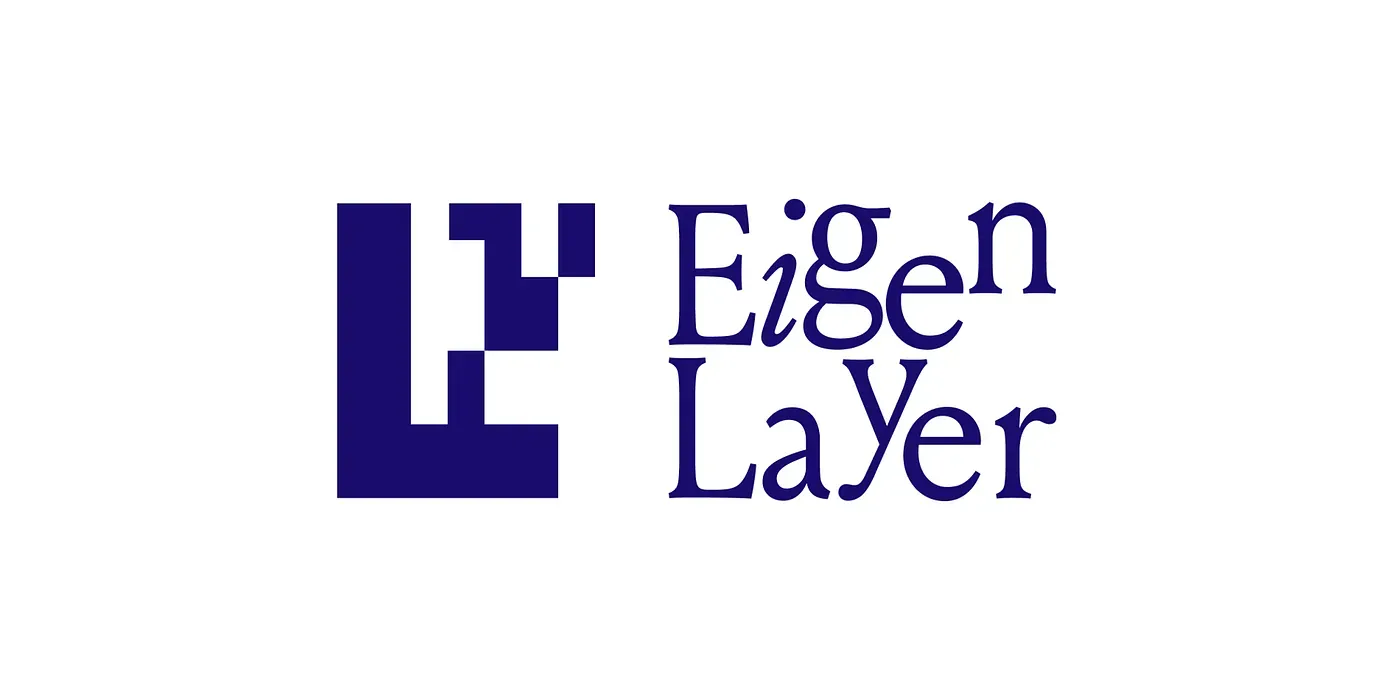EigenLayer stands out as a transformative step for Ethereum, introducing the idea of “restaking.” This mechanism allows staked ETH to secure additional decentralised services while continuing to support Ethereum’s core network. EigenLayer’s approach offers a way to maximise the utility of staked assets without compromising the integrity of the blockchain.
The Core of EigenLayer: Restaking Explained
At its foundation, EigenLayer is a protocol designed to build additional security layers on Ethereum through restaking. Restaking enables Ethereum stakers to opt-in and extend their staked ETH’s utility beyond validating Ethereum itself. These additional security assurances can support other decentralised networks, middleware, or applications.
For example, if a decentralised oracle network needs security, EigenLayer allows stakers to secure it without compromising Ethereum’s integrity. This approach optimises Ethereum’s staking economy, creating a layered security model that’s both flexible and robust.
Key Benefits of EigenLayer
Several key benefits make EigenLayer a significant development in blockchain technology:
- Enhanced Capital Efficiency: By allowing staked ETH to serve multiple purposes, EigenLayer maximises the value of locked assets.
- Composability: EigenLayer enables developers to build novel decentralised services that leverage Ethereum’s trusted security without creating separate staking mechanisms.
- Strengthened Ecosystem: The protocol’s modular design encourages innovation by providing a framework where multiple services can coexist securely.

How Does EigenLayer Work?
EigenLayer operates by introducing opt-in restaking functionality. Stakers who participate in Ethereum’s Proof-of-Stake mechanism can choose to “restake” their ETH on EigenLayer. This means they extend their staking commitment to secure additional services, such as:
- Decentralised oracles
- Data availability layers
- Cross-chain bridges
The restaked ETH serves as collateral, ensuring that stakers are penalised for any malicious activity across the networks they secure. This slashing mechanism maintains accountability and trust across services relying on EigenLayer.
Challenges and Considerations
While EigenLayer’s innovation is promising, it’s not without challenges. One area worth noting is the potential for increased complexity and risk. By restaking ETH across multiple networks, stakers assume additional responsibilities and exposure. If a service they secure is compromised, their stake could be slashed, leading to financial losses.
Additionally, the success of EigenLayer hinges on widespread adoption. Developers and users need to trust the protocol and integrate it into their systems for the restaking model to realise its full potential.

The Future of EigenLayer
EigenLayer represents a forward-thinking approach to extending Ethereum’s capabilities. Its ability to extend Ethereum’s security model to other services without diluting its integrity opens up exciting possibilities for decentralised innovation. This framework could redefine how blockchain ecosystems address security and capital efficiency.
As adoption grows, EigenLayer’s impact will depend on balancing risk for stakers and delivering value for developers. For now, it serves as an intriguing development in the journey toward more scalable and interconnected blockchain systems.














Discussion